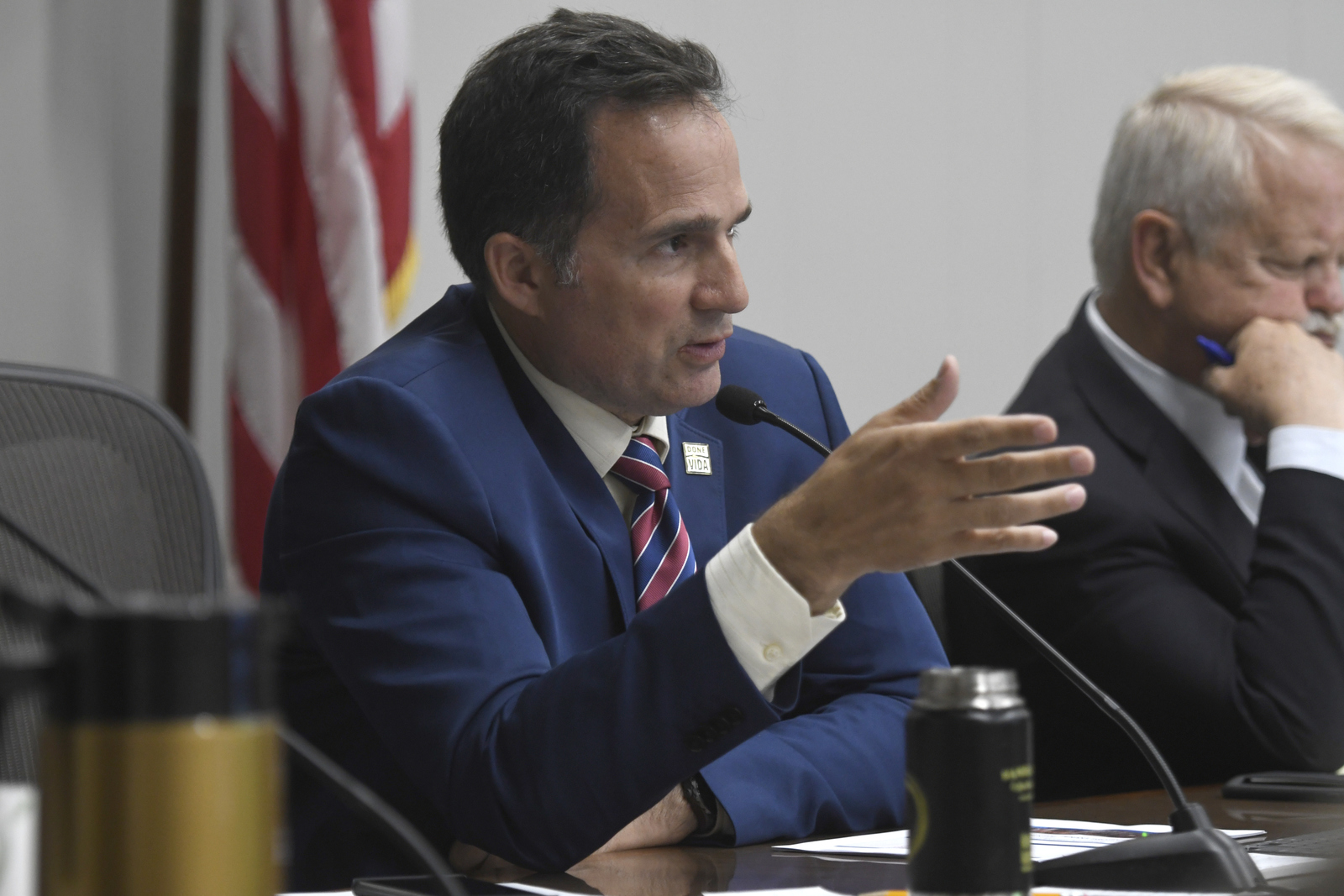Santa Barbara Tweaks Downtown Rental Housing
City Council Pushes AUD Program to Raise Building Heights Downtown, Protect Historic Districts

The Santa Barbara City Council trudged through the lengthy plan to build rental units in the heart of downtown Tuesday, a move that could both chip away at the housing crisis and help revitalize the dying State Street businesses.
The council spent hours working with the Planning Commission to discuss and take straw votes on the 22 recommended changes from city staff in November, when it unanimously agreed to move the city’s experimental high-density rental-housing program to the downtown area and away from the Milpas Corridor.
The council did not get through the list in November, but completed their votes without the Planning Commission Tuesday. The most disputed issues involved building height limits and protections for the city’s historic districts. The two topics seemingly confused most of the councilmembers, though.
“I don’t think we’ve been properly briefed here,” Councilmember Jason Dominguez said. “We’re making decisions on huge swaths of land and we don’t know the impacts.”
Dominguez’s sentiments appeared to be shared by the rest of the council at one point or another, although Mayor Cathy Murillo disagreed with him and said the briefing from the earlier Planning Commission meeting should suffice.
The experimental rental-housing program is known as the Average Unit-size Density (AUD) program. It was approved in 2013 as a way to encourage developers to build more housing by allowing greater building density for rental apartments after the city spent 40 years with few to none built at all. It has an initial duration of eight years or until 250 new units are constructed. It’s currently six years in, and more than 225 new units have been built.
The most debated AUD amendments Tuesday were recommendations around building height and protection of historic districts. Currently, the height limit for new buildings in the Central Business District is 45 feet, but the proposed change asks for 48 feet instead. The three-foot difference stirred up controversy.
“We have to look towards our future,” said architect Brian Cearnal about building height at public comment. “High ceilings and beauty are not mutually exclusive. It’s been 100 years since the earthquake and it’s time to reinvision.”
Although several councilmembers and other architects agreed with Cearnal, still others did not and feared the extra height increase might hurt the beautiful Santa Barbara views.
“As an architect of 44 years, I can tell you that it’s easy to build a four-story building in 45 feet,” said architect Gil Barry. “All the extra three feet does is provide luxury 10 foot ceilings. … Building three feet taller will block views, but above all else it is simply not compatible with our cherished small town character.”
Ultimately, the council voted in favor of extending the height to 48 feet 5-2, with councilmembers Dominguez and Kristen Sneddon dissenting. The councilmembers were perplexed about where the height increase could take effect, so they voted to take upper State Street out of the equation.
The other highly disputed topic centered on the potential for downtown rentals to negatively impact the city’s historic landmarks.
“Okay, let’s just put up billboards and neon while we’re at it if we don’t want to protect our historic district,” Dominguez said. He compared the move to turning Santa Barbara into Culver City.
The council voted 4-3 to keep the Castillo, De la Vina, and Brinkerhoff historic districts out of the AUD building zones in order to discourage developers from building there.
City planning staff will take the council’s votes and further develop the AUD amendments before bringing them back to the council to finally vote them into municipal code.



